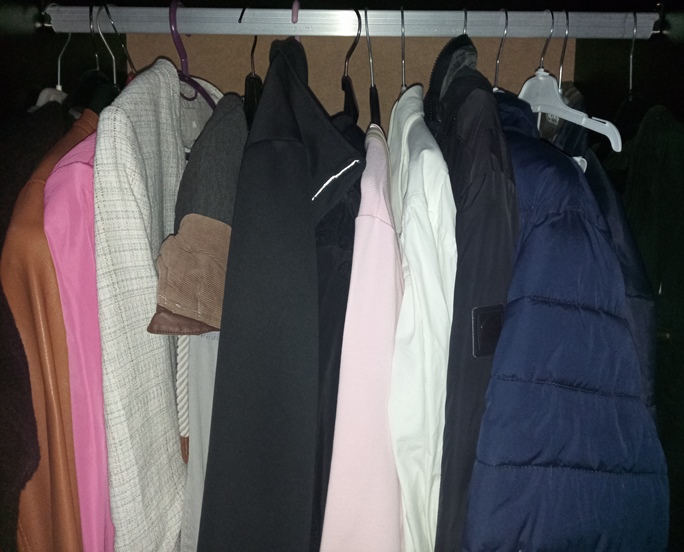
On the market in our country there is a huge variety of jackets with different fillings, but which one is the best?
To begin with, let's define the filling material for jackets. They are of two types, natural and synthetic. Modern jacket models are thin and dense, allow air to pass well and warm the body at different external temperatures. The use of these jackets can be "natural " such as down, duck or goose feathers or it may have a filling of synthetic origin.
Of course, it is possible to meet such jackets with mixed filling. Many manufacturers mix synthetic fibers or wool with real down. The different quantitative ratios of down and feathers also affect the thermal insulation properties of the material.
Actually, it is very easy to find out what material is involved in the filling of the jacket you bought recently. If it is soft to the touch, it is almost certainly down. If it is rougher to the touch, we are probably talking about synthetics .
If a jacket is down, it should certainly not be heavy. It should be able to be rolled up easily.
The technology for creating synthetic material is so advanced that it meets all the requirements for thermal insulation and ventilation of the body. However, clothes with natural insulation remain the best.
However, it is increasingly difficult to guarantee the quality of natural down in the modern world: the speed of breeding poultry is growing, and the down often simply does not have time to acquire its natural properties. Hence the growing demand for technologies to improve the quality of down by adding various composite materials related to its structure. For example, down with moisture-resistant DWR treatment - a stable water-repellent impregnation that eliminates its main drawback - fear of water (We all know that wet clothes DO NOT WARM!).
If you are really looking for a jacket with natural filling, then know that it is more expensive compared to synthetic. Yes, synthetic also finds its use in jackets that are worn during warmer days, but if it is very cold, nothing it won't keep you as warm as a natural down jacket.
What are the differences between natural filler and synthetic?
1. Down jackets are difficult to clean and get wet very easily. You should be prepared that when you buy a down jacket, it will require a lot of special care.
2. Modern synthetic fillings for jackets have higher quality indicators. They also have low density and light weight, while being moisture resistant. An example of such a filler is holofiber. A jacket with it can be found in the middle price segment.
What to pay attention to before buying a jacket?
1. If you have allergies, it is best to pay attention to hypoallergenic synthetic materials.
2.Take into account the temperature of the environment where you will wear the jacket.
3.The price of the product of course.
4.Convenience.
5.Will you take care of your jacket to use it for more than one season.
How to navigate in the store?
In general, the thicker the jacket, the warmer it is.
If there are more than 30% feathers in the clothes, they become rough to the touch. Almost all high-quality down jackets contain at least 70% down and only 30% feathers. In practice, there are no products that are 100% down, and if there are rare models, their price is quite high.
Jackets, regardless of whether they are made of down or synthetic, it is best to have a zipper. Jackets with buttons do not fit tightly and let the cold air through.
Another important point is comfort. To make sure that the jacket will not be tight on your arms and back, it is good to measure it before you buy it.
If you go for a smaller size jacket, in addition to risking your comfort, you also risk damaging your jacket prematurely, as the stress on the zipper and seams can cause a tear, ruining your new jacket.